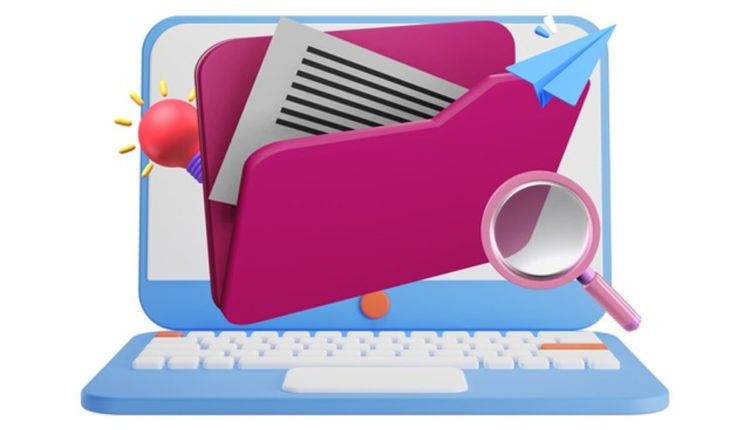If you don’t want to lose your files, backing them up is necessary. I’ll show you a few other approaches that can be taken. Each factor is relevant depending on your available resources (money, time, backed-up data, and knowledge).
First, try a flash drive.
To Be Used For Miniature Copies
Affordable (often $10 or more)
Usability Rating: 3 (10 being extremely difficult, one being extremely simple)
A flash drive is a portable data storage device that can be plugged into a computer’s USB port. Ideal for excursions. You can get excellent value out of these, especially if you don’t have much data to back up. Prices start at roughly $12 for 1GB and go up to around $90 for 8 GB. A 16GB version may also be available, although I have no idea what it would cost. Plugging it into a USB port and waiting for Windows to detect it is all required for installation. A new “Removable Drive” entry will appear in the “My Computer” menu. If you double-click it, the folder will launch. Simply drop your backup files here using drag and drop. Disconnect it when you’re done using it. So long! Now that everything you need to get by is stored on your USB stick, you can give it to a friend or tuck it away safely.
Option 2: Create a DVD or CD
To Be Used For Miniature Copies
The Cost Is Reasonable (Over $10 for 50 CD-Rs or DVD-Rs)
usability rating: 6 (10 being very difficult, one being very easy)
CDs have a 700MB storage capacity, while DVDs can hold 4.7GB. Pick the one that’s appropriate for your data needs. Burning software is typically preinstalled on computers. Nero is what you should use. Having a DVD/CD burner set up is a must. Insert the blank disc. When using Nero, the “Smart Start” option allows you to select the burning mode that best suits your needs. A data disc is a standard method of offsite data storage. If you want to add files to be backed up, click the Add Files button in the following box after you click Next. When you’re ready to burn the CD, select Next, give it a title under Title, and hit Burn. As soon as it finishes, eject it and put it away. Those are the fundamentals.
Third Alternative: A Portable Hard Drive
Backup Size Expansion
Cost: Acceptable (250 GB for less than $100, 500 GB for around $120, and various options are available)
Usability Rating: 3 (10 being extremely difficult, one being extremely simple)
This is functionally equivalent to a flash disk in a computer. Connecting the external hard drive requires a USB cable and, typically, a power cable. So, connect them both. Windows will automatically detect this and add it to the My Computer folder. Launch the file browser and drop files in. You can use this space for anything from full backups to media collections (including movies, music, games, and more). Conveniently packs down to carry-on size. Awesome!
Fourth Alternative: a Phantom App
Drive duplication is one use.
The cost is manageable at roughly $60.
usability rating: 6 (10 being very difficult, one being very easy)
Software like Norton Ghost can copy a hard drive to another, create data backups, etc. The new version is much simpler to operate. Easy-to-use backup wizards built right in. It might help if you didn’t know how to copy data onto a disk or create CDs, but only if you were willing to spend the cash.
I won’t go into detail regarding floppies and zip drives because their use is so rare now that I won’t bore you with the format’s history.
That wraps up the scope of the standard safeguards.
Making Money On The Internet
Read also: How To Check If Your Email Address Is Included In A Blacklist


